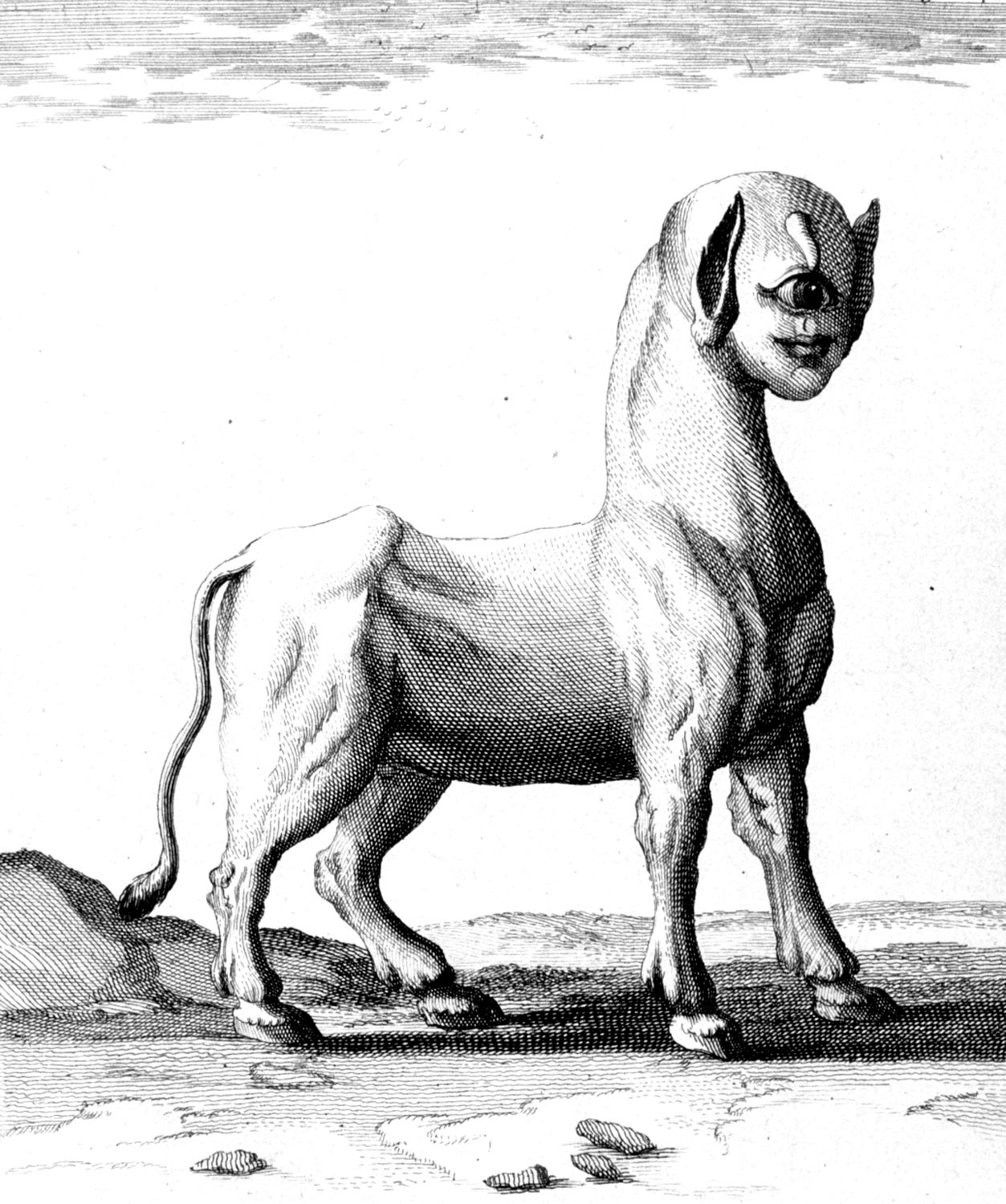HBM136: Jacob's Lost Biography
/Image by Jeff Emtman
In 2012, Jacob Lemanski started writing his autobiography a few words at a time when he signed his name on the digital card readers at the grocery store. He read somewhere that the credit card companies keep the signatures on file for seven years. He thought he might report his card stolen in 2019 so that some grunt at Mastercard would find the story of his life...or…more likely he thought it was a project destined to evaporate and never be seen by anyone.
His inspiration came from an email forward containing a certain Kurt Vonnegut quote about making art for the sake of making art—whether it’s singing in the shower or writing bad poems. Vonnegut argued that art is one way to make the soul grow.
Jacob considered turning this into a lifelong project. At the time that he and HBM producer Jeff Emtman first talked, he was four entries into the project. On this episode, Jeff checks back with Jacob about his grocery store autobiography.
Jacob is a retired ant farmer living in Boulder Colorado.
Also on this episode, voicemails from listeners, who share stories about their bodies, sounds from the world around them, and the things that make them feel guilty. Call us anytime (765) 374-5263
Producer: Jeff Emtman
Editor: Bethany Denton
Music: The Black Spot, August Friis













